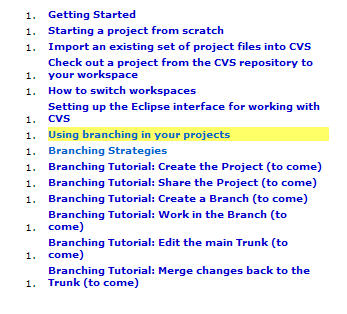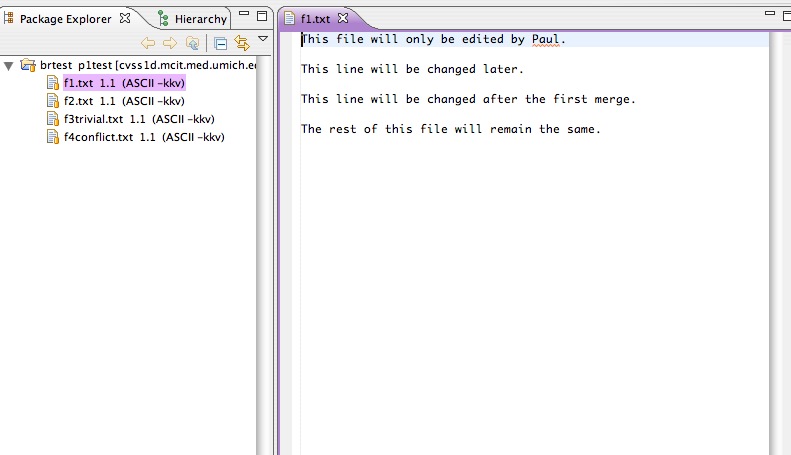JW FLV player that switches playlists on the fly
The JW FLV player is a versatile, customizable and scriptable flash video player, available from Longtailvideo.com. The player was recently upgraded, and many details in the scripting and playlists had to change to remain compatible. I’m posting examples of some of the players I’ve created lately, using the latest version of the player and SWFObject.
This is an example of a current-version player that changes playlists on the fly when you click a link or button.
I can’t show you a working demo because I don’t have an external Red5 server but here is how it looks. When the page loads, the player loads the first playlist.
Continue reading




